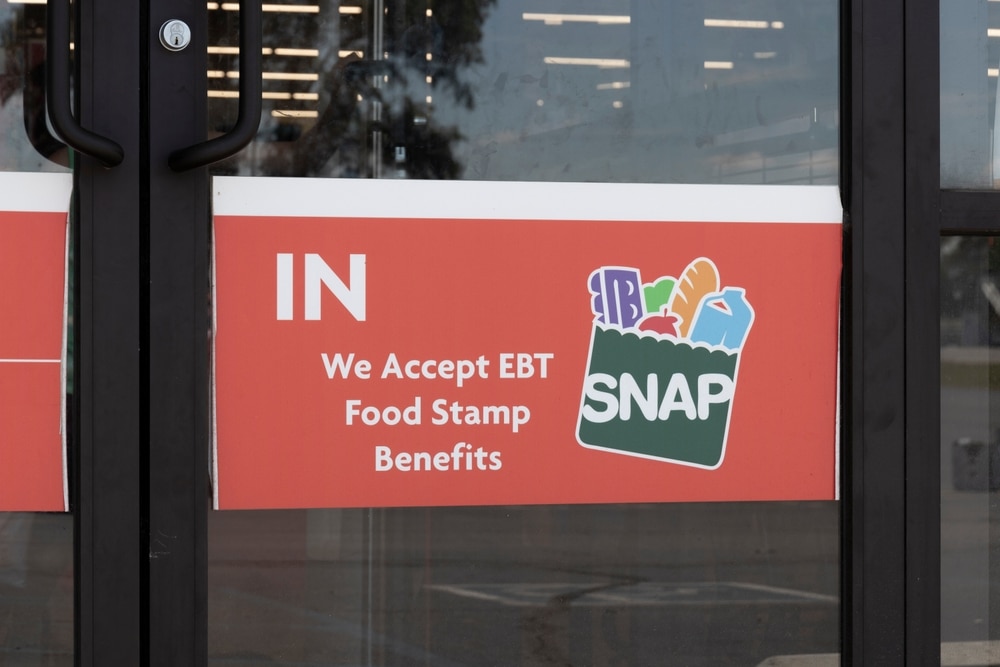Checking your SSDI back pay doesn’t have to be complicated. In this straightforward guide on how to check for ssdi back pay, we outline the precise steps to find the status of your back payments quickly and with ease. Learn what documents you’ll need, where to access your account, and get a clear overview of the timeline, all designed to lead you directly to the answers you need.
Navigating the SSDI Back Pay Inquiry Process
To begin the journey of obtaining SSDI back pay, there are two crucial steps to follow: identifying your specific SSDI account and gathering all necessary documentation. These initial actions lay the foundation for a successful process and can greatly impact its efficiency. It is important to note that each individual’s experience with receiving SSDI back pay may differ as it does not have a standardized procedure. Various factors play into determining one’s entitled amount, understanding these factors can aid in maximizing benefits.
It should be noted that the process for obtaining ssdi back pay varies from person to person based on several circumstances such as pinpointing their unique ssdi account number and compiling required paperwork which will serve as groundwork for this investigation.Although similar patterns exist within ssdibackpay systems, they tend towards deviating, this being why comprehending their varying components contributes positively towards enhancing compensations received.
Understanding the Timing of SSDI Back Pay
After locating your SSDI account and gathering the necessary documents, it is important to consider when you will receive your back pay from SSDI. The timing of this payment depends on a few factors, such as the waiting period and approval process.
The waiting period for receiving SSDI can affect how soon you will get back pay. Back pay covers the months between submitting an application for benefits and being approved after completing a mandatory five-month wait. Retroactive benefits may be issued starting from the date that disability began plus 5 additional months.
The time it takes for an individual’s claim to be approved varies greatly, anywhere from several weeks to several months. Once approval has been granted, usually within 60 days thereafter individuals typically receive their full lump sum amount in one single payment as retroactive funds or “back pay” owed by Social Security based on what was determined at first through their initial ssdi application submission etc.,…
Step-by-Step Guide to Check SSDI Back Pay Status
Understanding the timeline for receiving SSDI back pay is only one aspect of the process. To fully grasp your situation, it’s important to know how to monitor your SSDI back pay status. This can be done by accessing and interpreting information on the My Social Security online portal.
The My Social Security website is a valuable resource that allows you to track both your SSI benefits and your SSDI back pay at any time. It offers extensive details such as payment history and updates on the progress of your application or appeal.
Accessing the My Social Security Online Portal
Creating an account is the first step to accessing the My Social Security online portal. This can be done easily on the Social Security Administration website. Once your account is set up, you will have access to various features such as viewing your SSDI payment information, updating personal details, checking application status and requesting a replacement social security card. You can also estimate future benefits and download important documents.
To ensure protection of sensitive data and avoid unauthorized access to your ssdi benefits or supplemental security income, it is crucial to secure your account details when logging in. The use of encryption technology by the Social Security Administration ensures that personal information remains confidential within SSDI accounts for maximum safety measures for its holders.
Interpreting Your SSDI Payment History
After successfully logging into the My Social Security online portal, the next step is to interpret your SSDI payment history in order to determine your back pay status. This involves carefully reviewing and understanding the different types of payments, dates and amounts listed.
To effectively understand your SSDI payment history on the My Social Security portal, it is important to take note of key fields such as the payment cycle indicator. The detailed information provided can be useful for estimating future benefits based on real earnings through a personalized Social Security Statement. You can also access your latest earnings record within this section.
Factors Influencing Your SSDI Back Pay Amount
As you delve into the details of your status regarding SSDI back pay, there are certain factors that can influence the total amount you receive. Two important aspects to consider are the disability onset date (EOD) and your monthly benefit amounts. Understanding these elements is key in understanding how much back pay you may be entitled to.
The EOD, also known as the established onset date or disability onset date, holds significant weight in calculating SSDI back pay since it marks when your disability began. You have a possibility of receiving retroactive benefits for up to 12 months from this set point until your application submission. This means that depending on when you became disabled and submitted an application, you could potentially receive benefits dating all the way back from then through today’s time.
At its core level, determining one’s monthly benefit amount under SSDI considers their average indexed monthly earnings over a span of 35 years worth of work history data obtained by Social Security Administration officials.
The Role of the Established Onset Date (EOD)
The EOD (Established Onset Date) plays a critical role in determining the back pay for SSDI benefits. Not only does it signify the start of a disability claim, but it also impacts how long an individual must wait to receive their approved SSDI payments.
As determined by the Social Security Administration (SSA), the EOD is typically when they recognize that an individual’s disability began. This date directly affects how far back retroactive payments can be issued once a disability claim is approved by SSA.
How Monthly Benefit Amounts Impact Back Pay
The sum of your monthly SSDI benefits may impact the amount you receive in back pay. Your recurring benefit amounts are affected by factors such as AIME and length of disability.
A person’s Average Indexed Monthly Earnings (AIME) determines their SSDI rate through three steps:
- Adjusting previous earnings for inflation
2.Dividing total income earned during highest-earning years by number of months within that period.
3.Calculating a final average based on these adjustments.
The calculation of an individual’s AIME is critical to determining their monthly SSDI payments, which can greatly affect the extent of back pay received from Social Security Disability Insurance (SSDI). The process takes into account past wages or incomes and has a significant influence on potential retroactive compensation awarded.
What to Do if Your SSDI Back Pay Is Incorrect
If you discover discrepancies in your SSDI back pay, it can be concerning. There are steps that can be taken to resolve the issue by contacting the Social Security Administration (SSA) and providing necessary documents for clarification.
It is crucial to promptly inform the SSA if any inconsistencies are found in your SSDI back pay. You can easily reach them at 1-800-772-1213 between Monday-Friday from 8:00 a.m.-7:00 p.m. local time. If there are differences in reported earnings and actual earnings, it is recommended to report these errors immediately to ensure accurate compensation through social security administration ssa or ssdi back pay.
Maximizing Your SSDI Benefits
Receiving your SSDI back pay, which includes disability back pay, is just one aspect of the many benefits offered by the SSDI program. To ensure that you are receiving all the benefits to which you are entitled, it is important to provide accurate information on your application and consult with a trusted disability attorney.
Providing precise and truthful details on your SSDI application can greatly impact how much disability benefits you receive. A knowledgeable disability attorney can also assist in maximizing your SSID benefits by increasing the chances of approval for Social Security Disability payments.
In order to make sure you are getting all possible support from social security for any disabilities or limitations that prevent work, you should be honest and exact while filling out forms.Other than this, it will prove beneficial if an experienced injury lawyer helps increase the SSDI benefit amount by leading to likelihood of acceptance.SSDi program offers flexibility payment and a few other advantages including specific stipulated entitlements; by ensuring legit data provided, making use of law practitioners,this full potential comes into play resulting in the maximum possible outcome.
Preparing for Future SSDI Payments
As you navigate the process of obtaining back pay from SSDI, it is important to also prepare for future payments. It is essential to familiarize yourself with the payment schedule, potential tax implications, and any possible adjustments that may affect your benefits.
Typically, future SSDI payments are received on either the second, third or fourth Wednesday of each month. Promptly reporting any changes that could impact your benefits within 10 days after they occur is crucial in ensuring timely and accurate receipt of these payments.
Summary
The process of receiving back pay from SSDI may seem overwhelming, but with the right knowledge and guidance, it is a manageable task. This guide has equipped you with the necessary information to identify your SSDI account, gather required documents, comprehend when your back pay will be received, monitor your status for ssdi back pay updates and make sure you receive maximum benefits. Whether at the beginning or in progress of securing SSDI assistance, remember that understanding this procedure is crucial for maximizing benefits.



